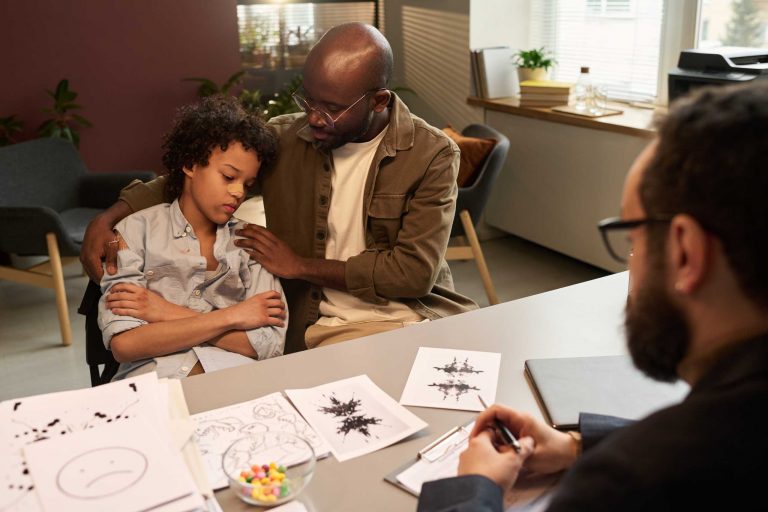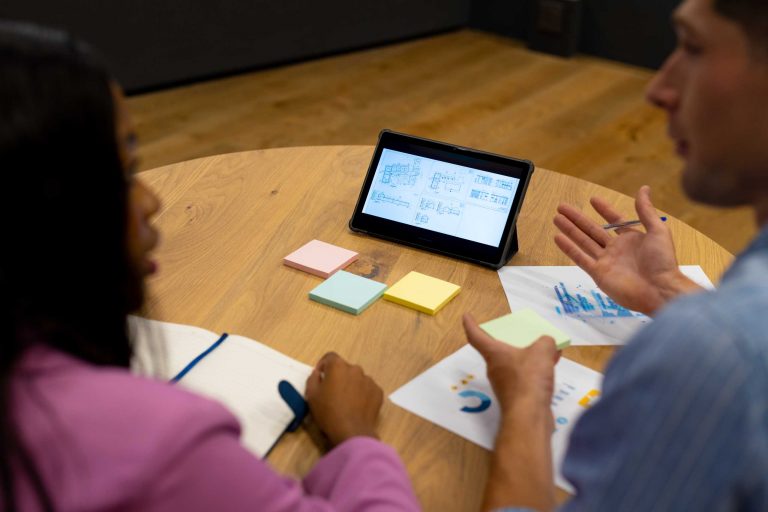Storyboarding is the beating heart of visual storytelling.
It’s the step where loose ideas take shape, characters find their space in the frame, and every scene starts breathing with rhythm and purpose. Whether you’re crafting an animated short, a comic series, or a full-scale film, a well-designed storyboard is your best creative ally.
1. Why Storyboarding Is Essential
A storyboard isn’t just a collection of drawings – it’s the blueprint for your story’s journey. Without it, you’re navigating without a map. With it, you can:
- Clarify your vision – Show exactly how each scene will unfold before cameras or artists get to work.
- Guide collaboration – Directors, animators, and editors can align with your vision instantly.
- Spot problems early – Adjust pacing, framing, or composition before production costs skyrocket.
2. The Creative Process Behind Great Storyboards
Great storyboards aren’t born from perfect drawings.
They come from thinking visually and feeling the story. That means:
- Starting with key beats – Identify the emotional high and low points of your narrative.
- Sketching simple frames first – Focus on movement and flow, not artistic perfection.
- Adding detail in layers – Gradually refine backgrounds, expressions, and props.
Tip: Don’t be afraid of messy first drafts. Every professional storyboard artist knows that the early stage is about exploration, not polish.
3. Balancing Story and Visuals
Your storyboard isn’t just about what happens – it’s about how it happens. Think of the camera as another storyteller:
- A low angle can make a character look powerful.
- A tight close-up can reveal emotion you can’t capture in dialogue.
- A wide establishing shot can set mood and context instantly.
By controlling these choices early, you ensure every visual beat supports the emotional tone.
4. Iteration: The Secret to Excellence
Even the best storyboard artists revise constantly.
Revisions allow you to:
- Test different shot orders for better pacing.
- Shift scene transitions for smoother flow.
- Strengthen emotional impact by changing composition or lighting cues.
Remember: Your storyboard is a living document – it grows and improves with every edit.
Final Thoughts
Storyboarding is both art and strategy. It’s where raw imagination meets clear structure. By learning how to plan scenes, visualize emotions, and refine your frames, you set yourself up for a storytelling process that’s not just productive – but inspiring.
And when you master it, you’ll never see a blank page the same way again.




